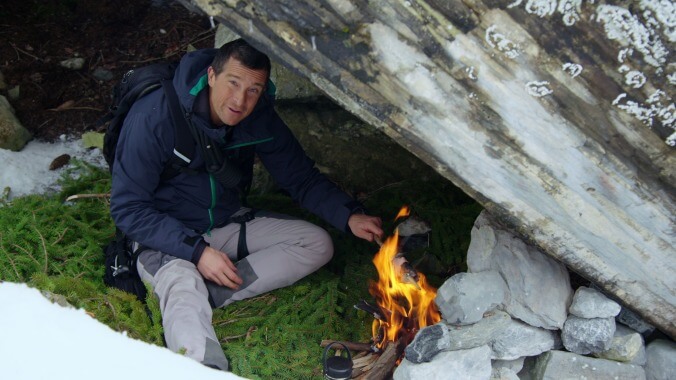How real are all the terrible things you can do to Bear Grylls in Netflix's interactive You Vs. Wild?

Although it didn’t get nearly as much press or public attention as Netflix’s first big choose-your-path adventure show—the Black Mirror video game pastiche “Bandersnatch”—there’s something uniquely ambitious about the streaming service’s second such offering, You Vs. Wild. After all, “players” of the Netflix Kids series aren’t controlling the actions of a fictional character; they’re directing actual actions taken in hostile situations by survivalist expert Bear Grylls, of Man Vs. Wild and Running Wild fame. And while you aren’t actually controlling Grylls, obviously—or else we’d be puerilely jamming the “drink pee” button, pretty much non-stop—the show often does present choices that have good and bad options, and Grylls still had to be filmed doing said “bad” choices, and facing the consequences thereof.
Which demands a question: How “real” are the terrible things you can do to the survival host over the course of the show’s eight episode run? That’s the topic of a fascinating interview Vulture ran this week with producer and long-time Grylls teammate Rob Buchta, who revealed some—but not all—of the levels of artifice and reality the show operates under. So, for instance, when you make Grylls eat raw bird eggs he discovers in the wild, it sounds like he definitely did actually throw up afterward, even if he didn’t get “actually” sick:

 Keep scrolling for more great stories from The A.V. Club.
Keep scrolling for more great stories from The A.V. Club.